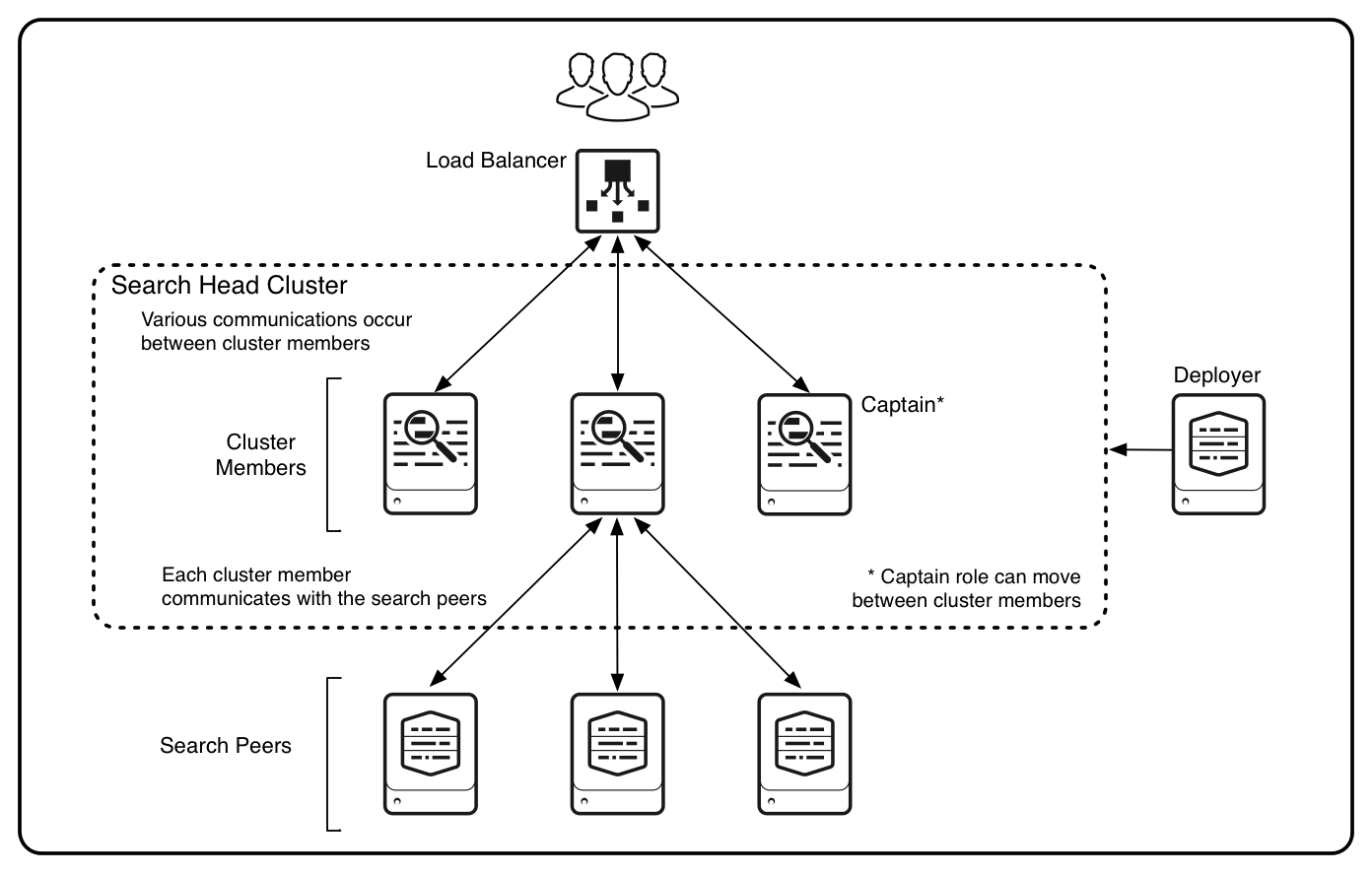Splunk is a journey. Whether you are a newbie playing around with Splunk on your local machine or have a multi-instance distributed Splunk deployment, your knowledge of Splunk is always evolving. Typically, the more you know about Splunk, the more you want to do with Splunk. Often, proof of concepts (POCs) turn into production environments and soon enough you’re increasing your license and looking into new architecture. Congratulations, you have become a full on Splunk ninja! Now, how do we migrate your current Splunk deployment to ‘beefier’ hardware, minimizing downtime, and maximizing...
Ninjas on a Mission: Things to Know When Migrating Your Splunk Deployment






